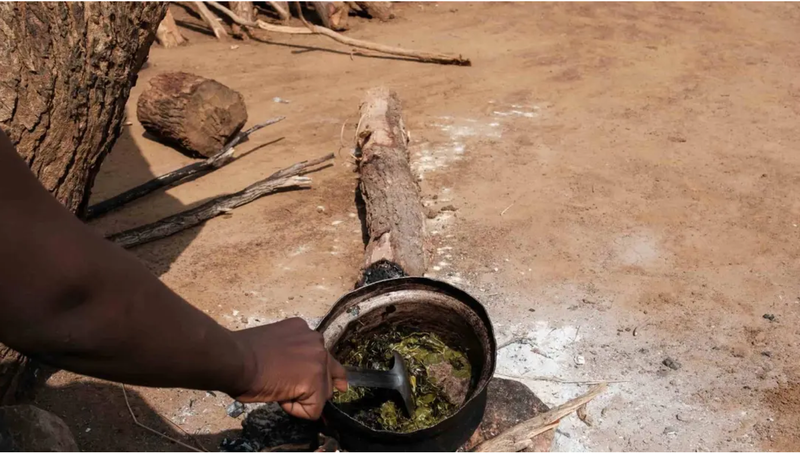New Zealand Braces for Flooding from Second Atmospheric River
Residents of New Zealand's largest city, Auckland, are preparing for more heavy rain this week following its worst downpour on record Friday, which left at least four people dead and some 350 in need of emergency accommodation.

Facts
- Residents of New Zealand's largest city, Auckland, are preparing for more heavy rain this week following its worst downpour on record Friday, which left at least four people dead and some 350 in need of emergency accommodation.
- Meteorologists have warned of a second 'atmospheric river' overnight on Tuesday as rain could amount to 100mm to 200mm (3.9in-7.9in). The Auckland region has received 769% of the average January rainfall and 40 percent of what the area would normally receive in a full year.
- The floodwaters in Auckland prompted the declaration of a state of emergency on Friday. As 279 mm (11 in) of rain fell, the Auckland Airport was forced to postpone flights as the floodwaters swamped portions of the terminal causing travel disruption.
- In addition to the flooding, residents of the Auckland area have been trapped and isolated by numerous landslides and fallen trees that blocked access to roads leading in and out of the area.
- Rainfall on Friday was equal to an entire summer's worth of rain in Auckland, making it the city's wettest day ever. The north of the country's Northern Island receives more rain than normal during La Niña climate cycles.
- A similar atmospheric river event occurred less than one month ago in California, with a deluge and mudslides killing at least 19 people and damaging homes and infrastructure.
Sources: BBC News, NZ Herald, Axios, Guardian, CNN, and Forbes.
Narratives
- Narrative A, as provided by Guardian. New Zealand and its people have already seen the carnage that climate change can bring. In response to the frequency and magnitude of these events, New Zealand has released its first national plan designed to protect against climate-catalyzed events. While there is tremendous work to be done, this plan and its framework are a new beginning and a step in the right direction.
- Narrative B, as provided by The conversation. While plans are a step in the right direction, New Zealand's decades-old stormwater system is outdated and can't handle the climate of today. It's necessary to make 'brick and mortar' investments in bigger drains and larger pipes while also creating a more spongy surface environment to reduce catastrophic flood risk. Global warming puts more water vapor in the air, so real construction-based solutions need to begin now.
- Narrative C, as provided by FT. It's easy to dismiss any extreme weather event as a consequence of climate change, but in reality, they're usually influenced by a myriad of factors that have nothing to do with it. More research is needed before we can establish any direct causal link between the two.






